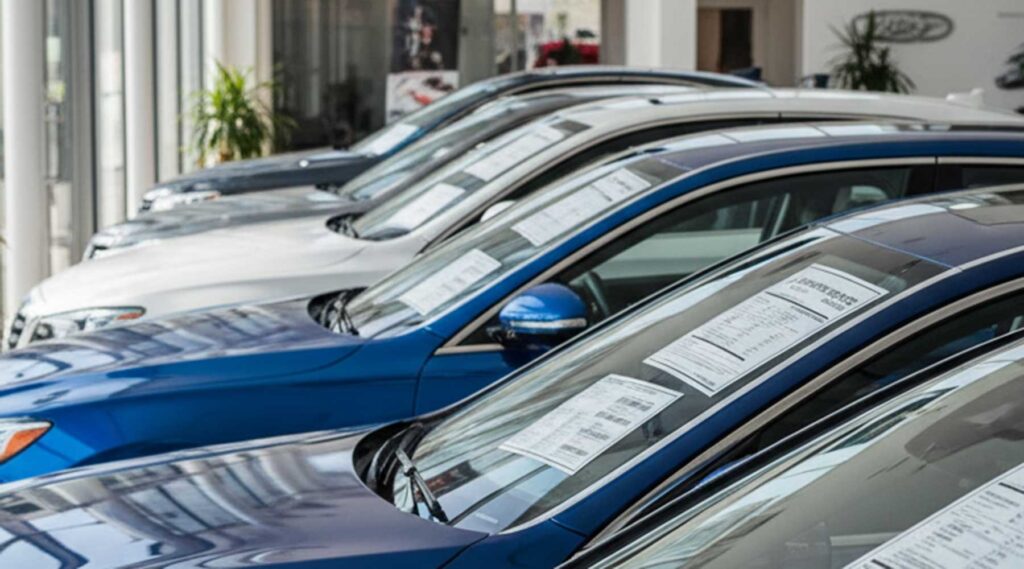
2025 destination fee increase because automakers are hiking “destination” charges faster than overall sticker prices, and it’s showing up on 2025–2026 window stickers. Industry data pegs the average destination fee at roughly $1,500+, up ~8.5% for 2025 models—a sharper jump than prior years.
Larger SUVs and trucks routinely clear $2,000, and some brands push even higher. Analysts say part of the surge is manufacturers passing along new cost pressures (logistics, labor, and U.S. auto tariffs), rather than inflating the base MSRP where shoppers (and search engines) would notice. (Reuters)
Automakers typically don’t itemize what makes up the destination charge, and the fee is standard regardless of how far a vehicle travels to the dealership.
Transportation costs have risen due to inflation and the shift toward bigger, heavier vehicles that are more expensive to move. Some analysts also note that tariffs on imported vehicles have contributed to higher fees.
I’m amazed at how much destination fees have increased on vehicle window stickers compared to when I was in business. When will these rising costs stop, and how are people managing to afford vehicles at these prices?
Auto tariffs are having a significant impact on vehicle pricing in 2025:
- New car prices are rising: Tariffs on imported vehicles and auto parts lead to higher sticker prices for both foreign and domestic cars. Manufacturers are passing these extra costs directly on to consumers, with price increases of $2,500–$3,000 per vehicle reported. In some cases, prices for imported models have jumped even higher.jpmorgan+3
- Average transaction prices are at record highs: The average price of a new car now exceeds $50,000, with tariffs being one of the major factors pushing prices up alongside supply chain contractions, the expiration of EV tax credits, and continued demand in luxury segments.coxautoinc+2
- Used cars are affected too: As new vehicles get more expensive, more buyers move to the used market, tightening inventory and causing prices of pre-owned vehicles to climb as well.koeppelsubaru+1
- Manufacturing costs and supply chain disruption: Tariffs on steel, aluminum, and key auto parts raise production costs for automakers, resulting in delays and higher prices even for U.S.-assembled vehicles. These pressures force manufacturers to rethink their supply chains and, in some cases, slow output.dwtoyotalasvegas+1
- Consumers have fewer affordable options: Many price-sensitive buyers are opting out of the new car market or choosing used cars due to increasing costs.usatoday+1
In summary, auto tariffs have contributed to historic price increases for vehicles in 2025—affecting both new and used markets and pressuring consumers, automakers, and dealers alike.caredge+6
Key points
- Average destination charge now sits around $1,507 for 2025, up from ~$952 in 2015, with the 2025 YoY increase (~8.5%) outpacing recent years. (Quartz)
- Bigger models (think Wagoneer, full-size SUVs, pickups) frequently list $2,000–$2,600 delivery fees. (Fleet Management Weekly)
- Tariffs and supply-chain costs are a real factor; analysts estimate thousands per vehicle in added costs that are being recovered in fees rather than base price. (Reuters)
What this means for buyers
- That “as advertised” price likely excludes destination. Budget an extra $1.2k–$2.6k depending on size and segment. Check the window sticker, not just the website. (Kbb.com)
- Cross-shop trims and brands with an eye on total out-the-door, not MSRP alone. Some makes have kept fee hikes under 10% since 2021, others haven’t. (The Drive)
Bottom line
The MSRP game hasn’t changed—where the cost shows up has. Expect destination fees to stay elevated into the 2026 model year as automakers offset logistics and tariff exposure. Shop the final price, not the headline number. (Reuters)
Write for us
Blog post submission
